Low Carb Diet Myth: by Terry Simpson MD – YourDoctorsOrders.com from Producergirl Productions on Vimeo.
Going on a low carb diet means a rapid weight loss. This provides incentive to continue with a diet while eating foods that many love: steak, eggs, bacon, and cheese. But you’re not losing fat, you’re losing glycogen and water, and that worries us doctors.
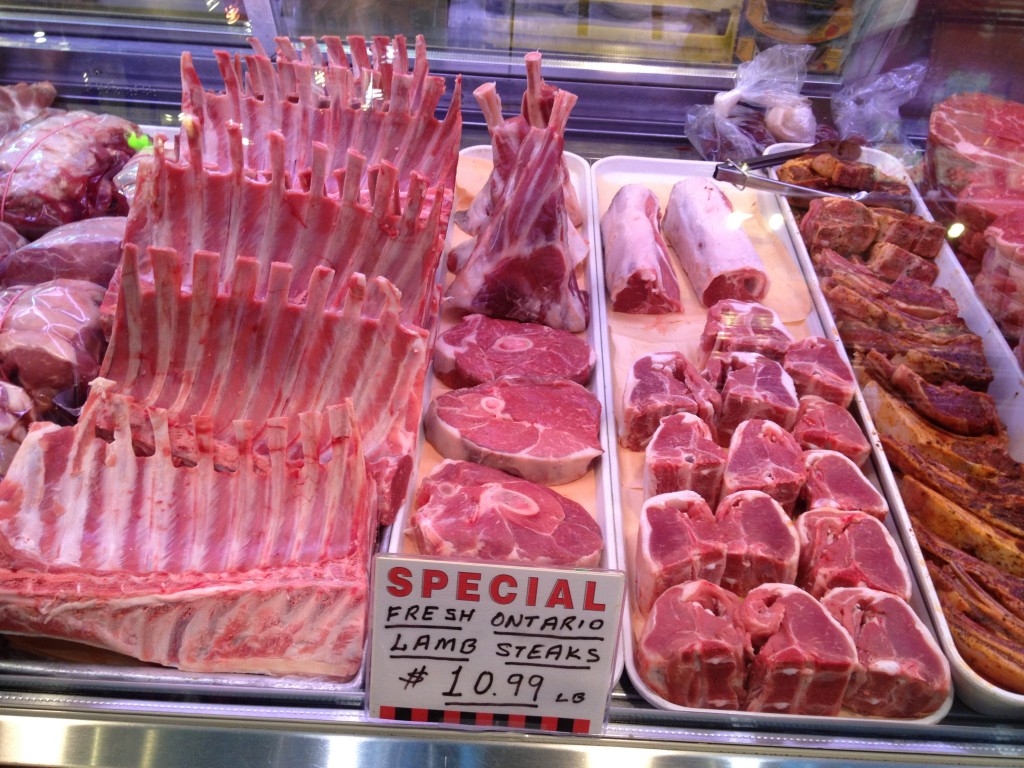
- As appealing as high protein diets sound: eat as much of this as you want- protein alone is counterproductive as a basis of a diet plan
Glycogen is carbohydrate your body builds to store energy. Unlike fat, there is no downside to having glycogen, in fact, glycogen is essential to life.
In low carb diets the body’s glycogen is used up quickly, and it can’t build glycogen without carbohydrates from your diet. For every pound of glycogen your body uses you also lose two pounds of water – that’s the rapid weight loss.
In the liver glycogen maintains your blood sugar level- and the sugar, glucose, is used by your body as energy for every single cell. Maintaining a level of sugar is essential to function. Without it your brain can’t think, and you go into a coma. As glucose levels fall in the blood stream the liver serves as a reservoir of stored glucose and maintains the level of glucose by cleaving the glycogen molecules into glucose. In the average liver ten percent of the weight of the liver is in glycogen, in some people this number is higher. Unlike fat, glycogen is not detrimental to the liver. Fatty liver disease is the most common cause of liver failure, but people can have large stores of glycogen without consequence.
In muscles, glycogen is what provides the muscles energy to work- not just those powerful biceps, but your heart. If your heart runs out of glycogen you will have a heart attack. Muscles contraction causes energy expenditure and that comes from glycogen that is stored in the muscle. As the muscles contract glycogen is is cleaved into glucose molecules that make ATP which is the source of energy for muscle use. Athletes take advantage of this knowledge before competitions by working to “carb-load” or increase glycogen in muscles, particularly for marathons or endurance contests. In prolonged exercise the glycogen storage may decrease by as much as 75%. In stress, or the “fight or flight” response, epinephrine is released which enhances the bodies ability to utilize muscle glycogen – this allows us the energy to quickly flee.
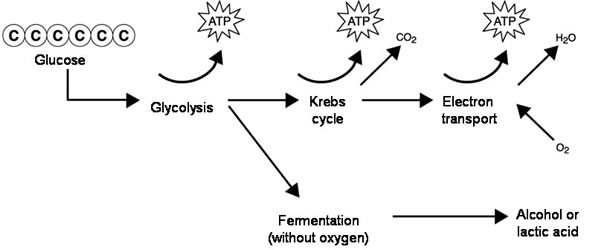
The notion that when carbs are not available your body uses fat is wrong! Without glycogen your body cannot use fat as energy!
In a non-fasting state, you can use glucose, in a fasting state glucose level is maintained by glycogen stores in the liver.
In order to replenish glycogen one needs a source of carbohydrates in your diet. Not candy bars, or processed foods but fruits and vegetables.
Here is the biochemistry: Glucose is metabolized during glycolysis, a process resulting in the production of pyruvic acid. If an adequate amount of oxygen is present, pyruvic acid is used in the Kreb’s Cycle to generate a large amount of ATP. The first step in this process is to transfer pyruvic acid into the mitochondrion and remove a carbon dioxide. The process removes a couple of hydrogen atoms, and adds a Co-enzyme A, forming acetyl Co-A. The two carbon acetate moiety is then tacked on to an oxaloacetic acid to make citric acid, the first step in the Kreb’s or Citric Acid Cycle. When lipids are used, enzymes allow them to enter the cycle as acetyl Co-A, as well as in a process known as Beta-oxidation. In order to keep this sequence continuing, adequate amounts of oxaloacetic acid must be present. The source of oxaloacetic acid in this case is pyruvic acid. However, pyruvic acid is obtained from the metabolism of glucose. Without glucose, there will is not enough pyruvic acid and oxaloacetic acid levels are low. Ultimately lipids can not be used in the Kreb’s Cycle. The use of lipids as a primary energy source creates an environment in which the body cannot utilize lipids as an energy source.
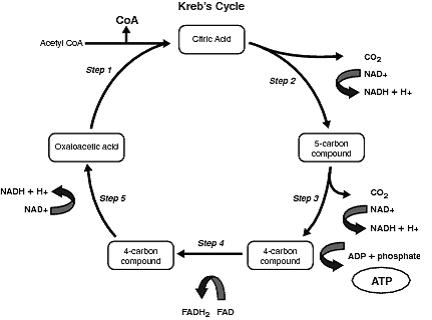
Since muscle cells cannot utilize lipids for energy, free fatty acids begin to accumulate in the intercellular fluid and move into the blood stream. Upon reaching the liver, free fatty acids are converted into ketone bodies. Some ketone bodies are excreted in the urine. This is ketosis, which many high protein diets say is the key to “fat burning.” Ketones can be used for fuel, but not effectively. As ketone bodies accumulate in the blood (ketosis) and change the pH of the blood causing it to become more acidic, in extreme cases this can lead to acidosis. This is the typical post-protein diet that results are tiredness and nausea – or the feeling that you are drunk.
Depletion of glycogen stores means no reserve should people become ill. Glycogen depletion can even lead to sudden cardiac death.
That high protein diets eschew the use of junk foods as an energy source and preach against that is the best part of these diets (Zone, Atkins, Southbeach, Paleo). The bad part is the false science that high protein diets lead to weight loss, and the more often people go onto these diets the less weight they see lost – the reason, they have gained more fat mass, and the loss of glycogen stores contribute to less and less weight loss each time they attempt these diets.
People who persist in high protein diets for long periods of time have incorporated vegetables into their diet as a source of carbohydrates. They remain fit and strong because they have avoided the junk food of modern life. But those who fail to incorporate enough fruits, vegetables, or starches will have quick weight loss, but not permanent weight loss.
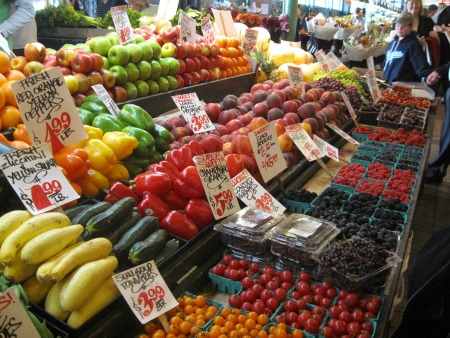
If you go on any diet, be sure to include plenty of fruits, vegetables and starches.
Contrary to what low carber’s preach, there is nothing wrong with fruits, vegetables, or starches.
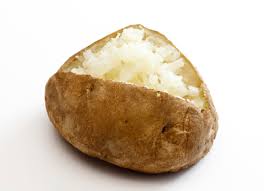
Starch from plants is a great source of carbohydrates for the human body
